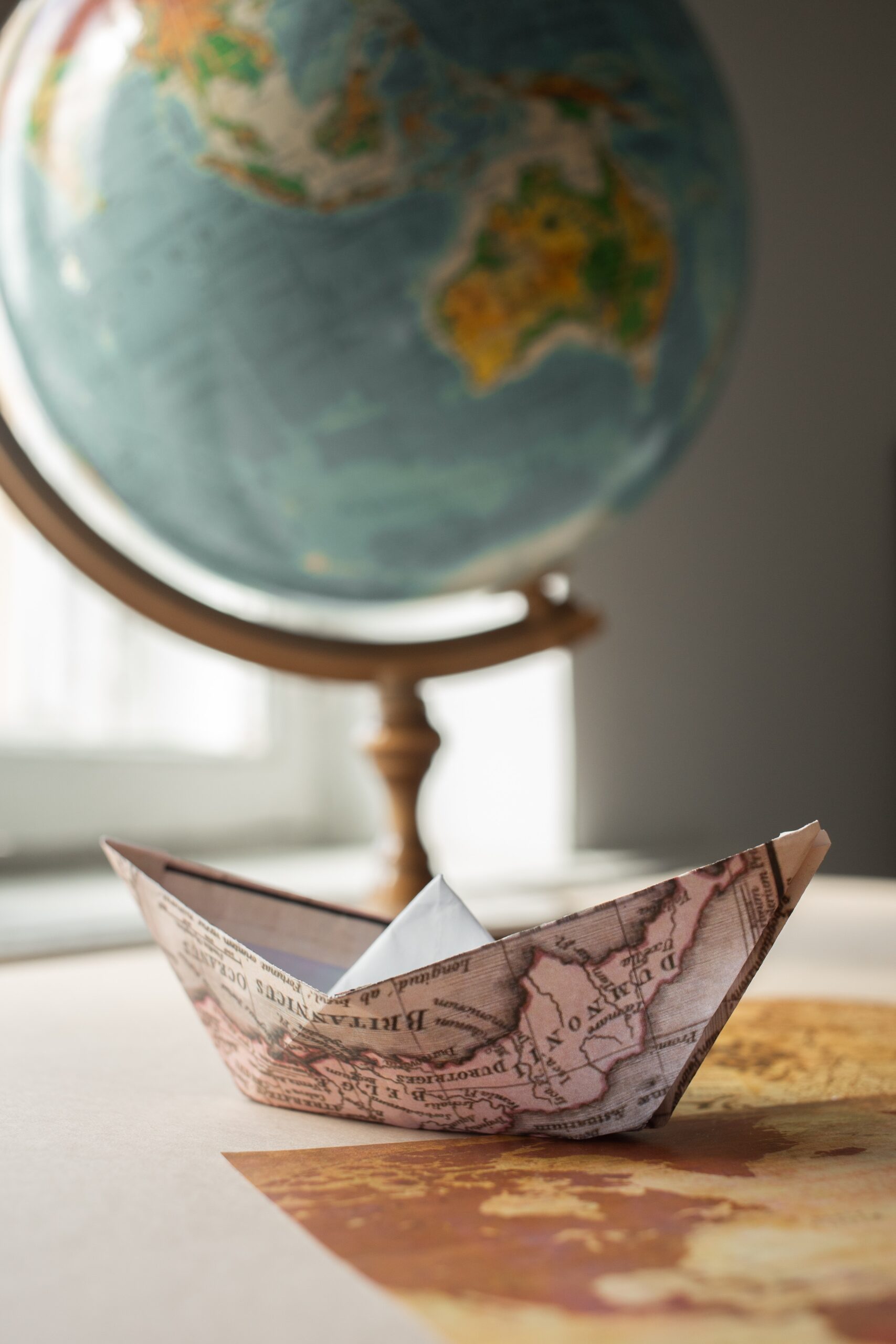A Comparison Between Flat and Material Web Designs

In the ever-evolving web and app design landscape, two prominent design philosophies have emerged as frontrunners: Flat Design and Material Design.
Each with a unique set of principles and characteristics, both these design approaches offer impressive visual aesthetics and user experiences. But if you ask which is the best, the answer differs depending on your preferences.
So, prioritising your goals is the most essential before hiring a professional for website design in Melbourne. Here’s a guide that will dive deep into the design world by comparing Flat and Material designs.
Exploring their origins, key features, benefits, and drawbacks, this article will help you identify the best web design for your needs.
Flat Design: The Origins and Principles
Flat Design first gained prominence in the early 2010s as a comeback to the skeuomorphic design trends of the past. Characterised by its minimalistic and clean appearance, this design strips away elaborate textures, shadows, and gradients in favour of simplicity.
In essence, the flat design philosophy emphasises a two-dimensional look with bold colours, crisp edges, and a focus on typography.
Key Features of Flat Design:
- Simplicity: Flat Design embraces simplicity as its core principle. It eliminates unnecessary ornamentation, aiming for a clutter-free user interface.
- Minimalistic Elements: Simple shapes, clear lines, and bold colours create a visually appealing and uncluttered user experience.
- Typography: Typography takes centre stage in Flat Design, with clear and legible fonts contributing to aesthetics and readability.
Drawbacks of Flat Web Design:
- Lack of Visual Depth: One of the primary criticisms of Flat Design is its lack of visual depth. The absence of shadows, gradients, and other depth-inducing elements can sometimes lead to a flat and monotonous appearance.
- Limited Realism: Flat Design’s intentional departure from real-world skeuomorphic elements might not accurately represent the textures and materials users are accustomed to. It can lead to a disconnect between the digital interface and users’ mental models, making it less intuitive for specific demographics.
- Branding Challenges: Flat design allows for solid branding through unique colour schemes and typography, but it can sometimes be limiting in expressing complex brand identities.
- Accessibility Concerns: Achieving good accessibility can be challenging with Flat Design, especially for users with disabilities. The absence of visual cues like shadows might make it harder for those with impaired vision to distinguish between different elements and navigate the interface quickly.
Material Design: The Origins and Principles
Introduced by Google in 2014, Material Design takes a different approach. It draws inspiration from real-world materials and their interactions, aiming to provide users with a tangible and intuitive experience.
In a nutshell, material designing introduces a sense of depth and motion to the interface, resembling layers of paper or cardstock.
Key Features of Material Design:
- Material Hierarchy: Material design introduces the concept of material hierarchy, where objects are arranged in layers with realistic motion and interaction behaviours.
- Elevation and Shadows: Unlike flat design, material design embraces subtle shadows and elevation, adding depth and visual cues to elements on the screen.
- Responsive Animations: Animations play a significant role in material design. Elements respond to user interactions with smooth animations, enhancing the feeling of responsiveness.
- Grid-Based Layouts: Material design incorporates a grid-based layout system that aligns elements, creating consistency and order across different devices.
Drawbacks of Material Web Design:
- Complexity: Material Design’s emphasis on depth, animations, and responsive behaviours can lead to more complex design and development processes, potentially requiring additional time and resources.
- Inconsistency: The intricate nature of Material Design can sometimes result in inconsistent user experiences across different platforms and devices, mainly if not implemented meticulously.
- Limited Customisation: The standardised visual language of Material Design might limit how brands express their unique identities, potentially leading to a more uniform look across different applications.
- Performance Impact: Using animations and dynamic elements can impact performance on devices with lower processing power, potentially leading to slower loading times and reduced responsiveness. Ask any expert SEO Services in Wollongong and they will tell you how great it is in terms of SEO.
Comparing the Two Design Approaches
- Visual Aesthetics:
- Flat design is characterised by simplicity and minimalism, with vibrant colours and clear typography as key elements.
- The material design employs layers, shadows, and responsive animations to create a sense of depth and realism, giving it a more tactile appearance.
- User Experience (UX):
- Flat design’s straightforward approach lends itself well to quick loading times and a straightforward user interface.
- Material design’s use of animations and responsive behaviours enhances user engagement and provides a more interactive experience.
- Adaptability:
- Flat design’s two-dimensional nature makes it adaptable to various screen sizes and resolutions, from smartphones to large desktop monitors.
- Material Design’s use of depth and shadows can sometimes pose challenges regarding consistency across different devices.
- Customisation and Branding:
- The flat design allows for strong branding and customisation through the use of unique colour schemes and typography.
- Material Design provides a more standardised visual language, which can be both a benefit and a limitation for branding.
Conclusion
Flat and material designs have individual strengths and weaknesses, catering to different design philosophies and user expectations. Flat design thrives on simplicity, minimalism, and clear communication, while Material design aims to create a tangible and immersive experience through depth, layers, and responsive animations.
The choice between these design approaches ultimately depends on the project’s goals, target audience, and desired user experience. Whether you opt for the clean lines of Flat Design or the tactile interactions of Material Design, the key lies in creating a visually appealing and user-friendly experience that resonates with your audience.
If you want to take it up further with an expert in website design in Gold Coast, you can reach out to Make My Website.
